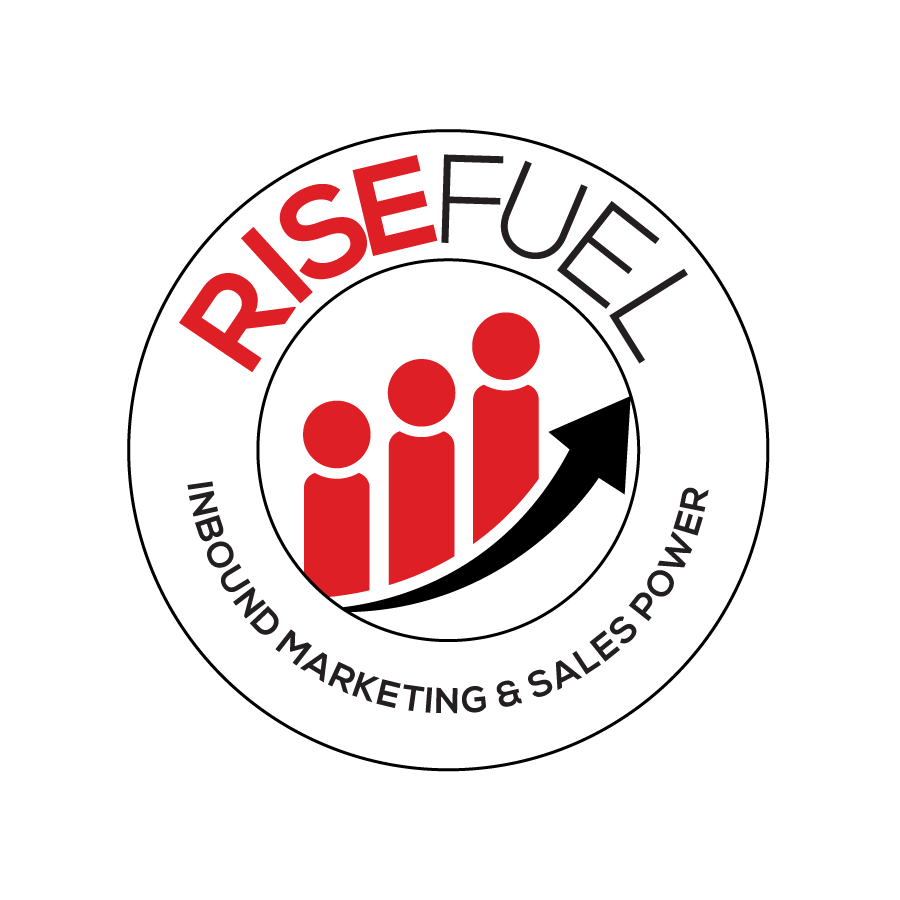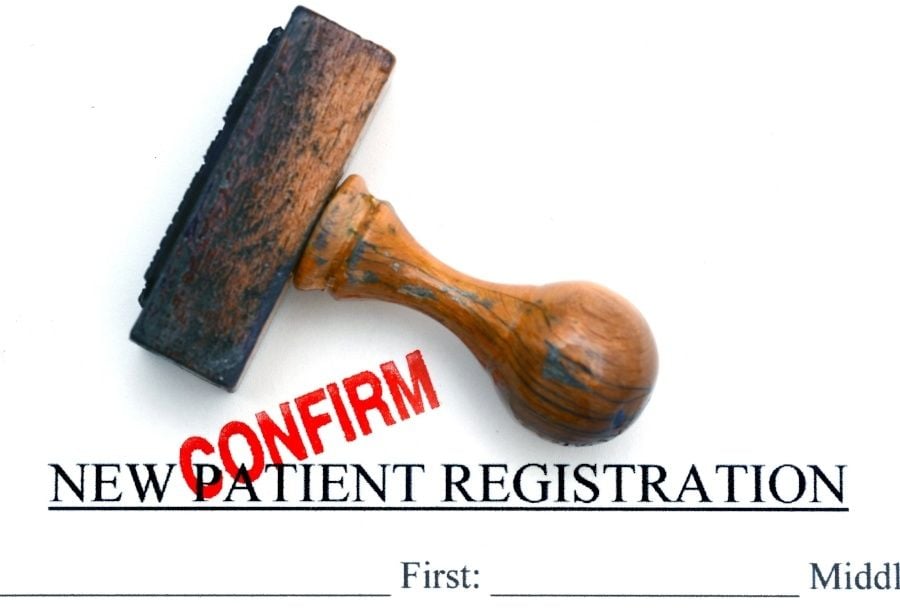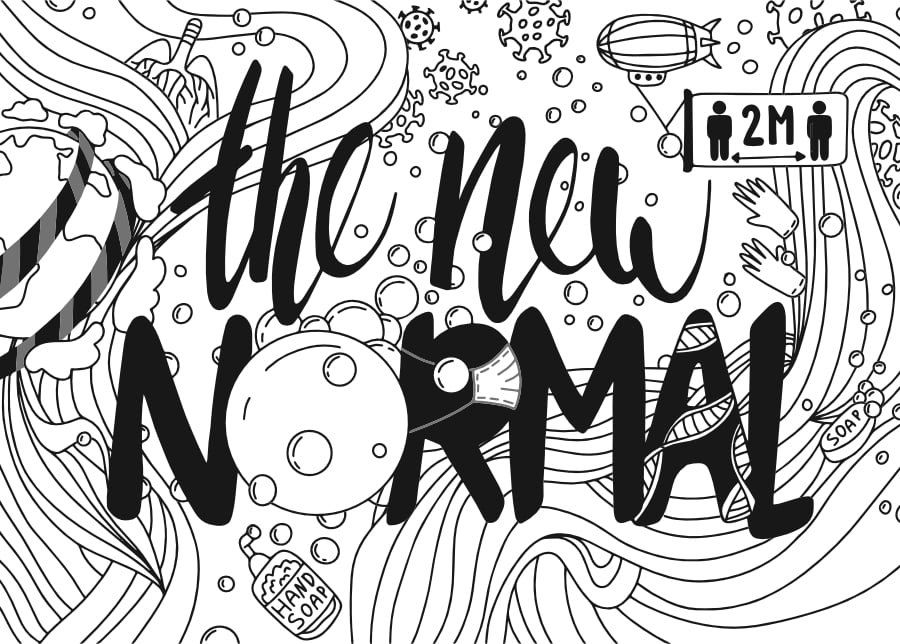
If you are preparing to launch a new product or service, there is a good chance that you have spent weeks or months thinking about what is going to set your product apart from the competition and help you to develop a unique brand identity that helps you to stand out from the crowd.
Uniqueness is not the only consideration, either. You still — you have to ensure that your marketing messaging aligns with your overall brand voice. It’s important that you do because brand presentation can increase revenue by 23%.
This is exactly the type of situation that a positioning statement looks to solve.
It serves as a guide for all decisions that you make within your brand — whether it involves strategy, marketing, sales materials, product design. You have to make sure that all components within your brand are working together cohesively toward a larger goal.
So now let’s dive into the nuts and bolts of what a positioning statement is, what it isn’t, and how you can use a positioning statement to help center your brand’s communications, sales, and marketing activities around a singular cohesive vision.
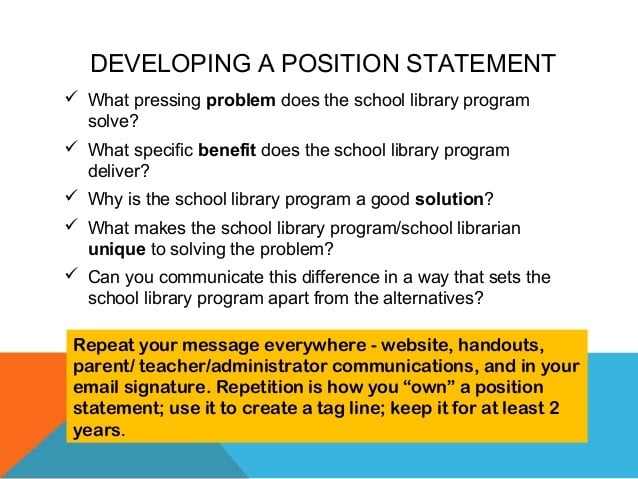
Source: Slideshare
What Is a Positioning Statement?
What is a positioning statement? It is a brief description of your brand, product, service, and target market. The idea is to identify exactly how the product or service will serve the needs of a particular market.
In marketing teams, the positioning statement is a tool that is used to align marketing efforts with the other facets of your brand and value that you deliver.
They are an extremely useful tool that dives into the need that your product or service fills and how that need affects your target customer personas. They play a key role in brand positioning and help brands to key in on what is most important to them.
Keep in mind — a positioning statement is not the same as a mission statement. It is not public-facing. It is used by internal teams to better understand their product or services and how they deliver value to their target market.
When it comes to positioning statements, think of a positioning statement as a statement that defines how you want your brand to be perceived by your target market and the world at large.
Let’s break it down even further. A positioning statement primarily consists of four things:
- Your target market. Who is it that you are selling to? Define this using standard criteria like demographics, geography, psychographics, pain points, and desires. cs, pains, needs, etc. Again, "all" or "everyone" is not acceptable criteria.
- Category. Customers need a frame of reference to know that a product or service is intended for them and their needs. They want context to surround your purpose. Maybe a customer wants a pressure washer. There are two options at the store.
They both do the same thing. But he wants it to clean his driveway. Which one does he end up purchasing? Probably the one that mentions driveways on the packaging.
Then he can be certain that the product is going to be a good fit for his needs, even if, internally, he knows they both would do the job just fine.
Your customers want that too. Not that you need to break down your category that far in your positioning statement — the example is meant to portray the need for specificity!
- Differentiation. One single point that makes your product or service different from the rest. Hone in on one thing. Don’t worry about delivering multiple benefits or driving into value. That we will get to in the next section.
- The value. Ultimately, what do they get when they work with your business? What goals are you helping them to achieve?
You tell the target audience what they should expect when you convey value. So, this is about setting expectations as well.
Positioning Statement vs. Value Proposition
Both a value proposition and positioning statement play a key role in marketing strategy. However, there are differences between the two and they should not be confused with one another.
A value proposition is broad. It speaks directly to the value that your product or service provides. It gives a big picture look at what your customers will enjoy from working with your brand. It is narrowly focused on the benefits and value delivered.
Positioning statements are typically much more focused. You put a positioning statement together after you have a value proposition in place.
Think of it this way:
- A value proposition is what your customers will get out of working with you.
- A positioning statement is what you want your customers to think when they think of your brand.
A positioning statement focuses more on competitive differentiation than benefits.
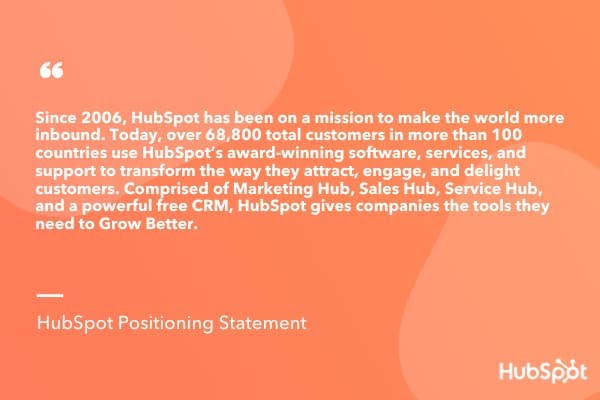
Source: HubSpot
Positioning Statement Examples
Now let’s dive into some examples of a positioning statement.
Coca-Cola
“For individuals looking for high-quality beverages, Coca-Cola offers a wide range of the most refreshing options — each creates a positive experience for customers when they enjoy a Coca-Cola brand drink.
Unlike other beverage options, Coca-Cola products inspire happiness and make a positive difference in customers' lives, and the brand is intensely focused on the needs of consumers and customers.”
Alaska Airlines
“We are creating an airline people love. Each day, we are guided by our core values of own safety, do the right thing, be kind-hearted, deliver performance, and be remarkable at work and in our communities. Alaska Airlines also fosters a diverse and inclusive culture and is an Equal Opportunity Employer.”
In both of these examples, you can see the brands really honing in on what they want their customers to think, feel, and know about their brands. Coke focuses on “inspiring happiness” and “making a difference in customers’ lives.”
Alaska Airlines mentions that they want to “do the right thing” “be kind-hearted” and be “remarkable at work.”
These are excellent examples of drilling down into a position statement to find what makes your brand unique.
Need Brand Strategy Help?
Looking to flesh out a brand strategy and messaging, make it more consistent, or generally have more control over what customers think about your brand? I can help.
At RiseFuel, we work with companies all over the US to help them hone in on your brand identity and craft compelling position statements that convey what they want customers to know about their brand.


